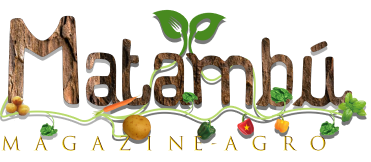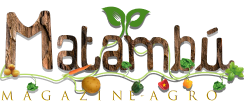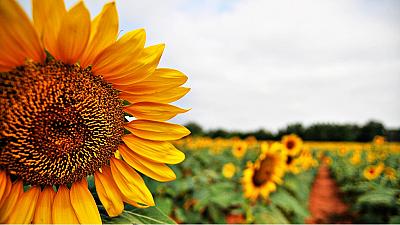[ad_1]
Nobert Kamau made Shs8m from his sunflower harvest within the second wet season of final 12 months.
It was his first time to plant sunflower in his 50 years of farming and his first time to make that a lot revenue from any farming enterprise. And it was eye opening.
He had been a farmer since childhood, technically, as a result of when you find yourself raised in an agrarian tradition, you get entangled immediately. You study to carry a hoe earlier than you realize what it’s.
As far as Kamau’s household is anxious, tobacco was the crop that was grown for money in Bileafe Sub-county, Terego District in West Nile the place Kamau comes from.
And when the tobacco market fell within the 2000s, cassava took its place because the money crop. To take advantage of revenue out of cassava, Kamau had fashioned a small farmers’ group together with his pals to attempt to get a much bigger voice available in the market. But issues had been powerful. “We were a group of serious cassava growers but we struggled to get market,” he says.
Then in 2020, the DINU-LEWA undertaking was launched in Bileafe. DINU-LEWA, which stands for Development Initiative for Northern Uganda and Livelihood Enhancement of West Nile and Acholi, is a undertaking below the Prime Minister’s Office.
The undertaking is ran by a consortium of three organisations; Lutheran World Federation (LWF), DanChurch Aid (DCA) and Mukwano Industries, with LWF because the lead.
The undertaking, which was launched in 2020 in 10 districts is geared toward enhancing livelihoods of 56,000 small holder farmers, growing agricultural productiveness and advertising of key meals and money crops.
The undertaking has launched higher strategies of growing oil seeds similar to sunflower and simsim to the communities and linked farmers similar to Kamau to prepared markets.
Kamau is nearly euphoric concerning the transformation that growing sunflower has dropped at him and his household. And he’s solely completed this for one season.
“Our group got interested in growing the oil seed crops, sunflower particularly. To begin with, DINU-LEWA supported us with land opening of one acre for a demonstration farm. Our first harvest from the demonstration farm was 250 kilogrammes that we sold to Mukwano. We were all pleasantly surprised by the harvest and the ready market. We realised that the oil seed crops could generate good income if it was done on a larger scale,” Kamau says.
Benefits of farming sunflower
In 2021, Kamau opened seven acres utilizing the data he picked from the demonstration farm. Within a brief interval of three months, Kamau harvested 5,013 kilogrammes of sunflower seeds and offered it to Mukwano at Shs1,500 per kilogramme. That season, Kamau earned Shs8m.
“After selling the harvest, I was able to upgrade my home from the old grass thatched house into a two-roomed, iron-roofed brick house. I am currently building a bigger permanent home. I also bought several goats from that same money because we were advised to not just rely on crop production only,” he says.
Kamau’s goal this 12 months is to supply at the least 10,000 kilogrammes of sunflower. He is standing in considered one of his farms measuring about two acres close to his residence when Seeds of Gold arrived. This shamba is considered one of a number of that Kamau has simply planted, totalling 15 acres. Kamau is assured that he’ll hit his 10,000 kilogramme goal.
“The experts from the project trained us on sunflower agronomy. Now I can proudly say that I know how to grow sunflower, I know what kind of soil is suitable for sunflower, and I know how much seed I need for how much land,” Kamau says.
Sunflower manufacturing begins with seed and land acquisition, adopted by land preparation (main and secondary tillage). Planting is timed for the onset of seasonal rainfall. The gap for the seed can not exceed a depth of 5cm and plant spacing of 75cms between rows and 25cms between crops is good. One seed per gap at seed price of two kilogrammes per acre.
The first weeding usually takes place after a interval of two weeks from the date of planting and second weeding in the course of the vegetative development stage.
Harvesting is generally completed after the crop has attained physiological maturity of about 90 days when the heads have turned from inexperienced to yellowish to brown. Harvesting is finished by slicing the top and positioned on tarpaulins. This is adopted by post-harvest dealing with actions that includes threshing, cleansing, drying, sorting, packaging and storage.
This is finished when the crop has dried to the required moisture content material of 10-13 p.c. The final exercise is advertising.
[ad_2]
Source link










